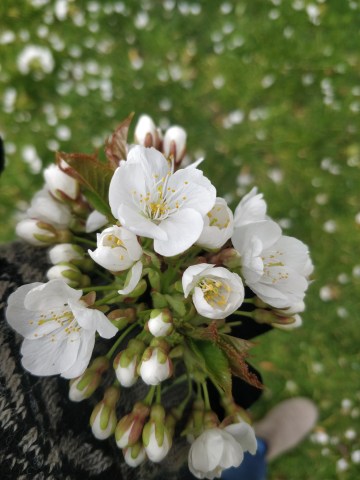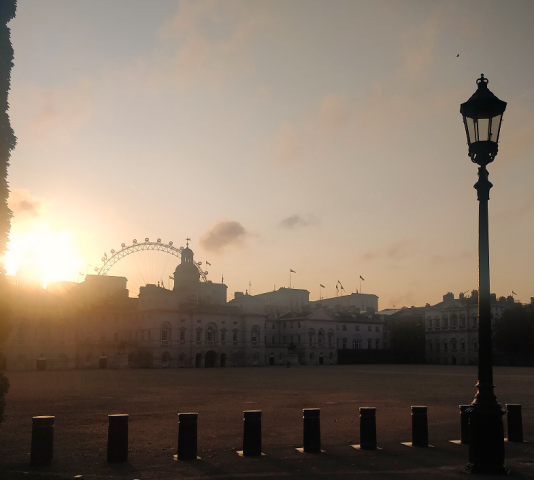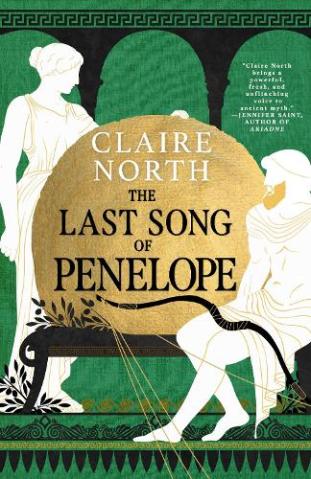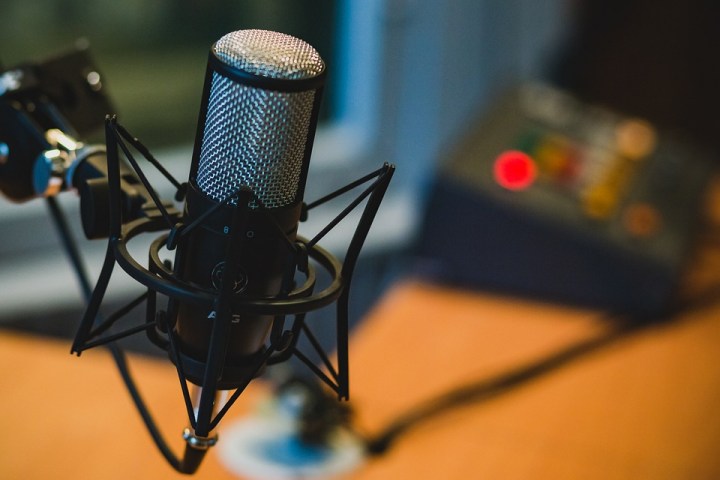What a Lighting Designer Does – Pre-Show
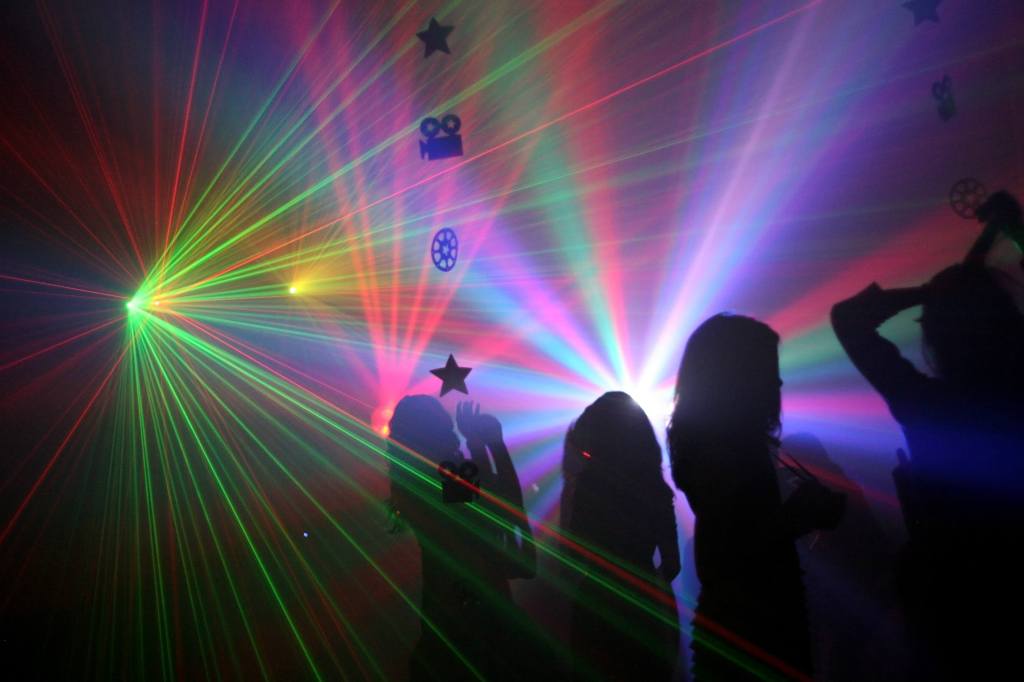
It seems that I talk a lot, on this blog, about The Other Job as a lighting technician and designer, yet still, to this day, friends and family come up and ask me what exactly all this means. And so, in a spirit of enlightenment, I figured I’d do a short series on precisely this theme….
I’ve said it before, and will say it again – I am a far better lighting designer than technician. Not necessarily because I’m especially talented as a designer, but because I just care far, far more about it. Which is a pity, in a way, as if you don’t care about the technical side it’s unlikely you’ll even get to the point where the lighting side can be made to work…

A lighting designer gets involved in a show several months before it kicks off. Actually – correction. A lighting designer SHOULD get involved in a show several months before it kicks off, and in recent years, when looking at advertisements for lighting jobs, I’ve got very choosey about applying for those which aren’t at least a month in advance, unless the words UNFORTUNATE EMERGENCY’ are attached. After many bitter experiences, I’ve come to realise that those companies which don’t bother to think about getting a lighting designer on board until five minutes before the show goes up, aren’t necessarily going to be the kind who advance your professional prospects… I am also very particular about poorly spelled ads, or those which list at great length the director’s demands, up to and including the use of rose red fresnels in the final scene.
At my, very junior, level in the industry, a lot of jobs are either badly paid, or not paid at all, and all of the above considerations kick in tenfold when the job is unpaid. Now, I tend to only work for free for political or charitable causes – such as Theatre Uncut – or for good friends or professionals who I know, trust and can count on to offer a challenging and rewarding experience. Again, it’s not so much a question of the money – which is never great anyway – but of whether you feel you’re going to get a decent bit of experience and a worthwhile credit from the gig.
Lighting designers are freelance – we live hand to mouth on a job-by-job basis, and because our fees tend to be so bad, most lighting designers have at least three jobs on the go. I am currently signed up for three shows to take me through to April, averaging a show a month, but each job is at a very different stage of production. The big one – West Side Story – is nearing the point where I’ll actually have to go to the theatre and get designing, and so I’m spending my days attending rehearsals for that one, working out my cue points, finishing up the design for the rig, and worrying about the colours I’m going to use. At the same time, the show after that is about to go into rehearsals, so I’m in touch with the stage manager, working out when I can attend and waiting with slightly baited breath for a final set design to come through, as I can’t really do anything without it. Finally, the last job I’m officially on board for, which kicks off in April, is still at the planning stage, and I’m waiting for a script to read, and to have a chat with the director about what he desires.

Talking with directors can be both rewarding, and a challenge. Directors tend to come with three levels of knowledge about lighting – those who know nothing, those who know a bit, and those who believe that they know everything. I say ‘believe’ because at the end of the day, lighting is a very specialist skill, and even if a director can tell the difference between two different types of light, the chances that they’ve seen the technical specifications of the theatre or know the reasoning behind your decisions, made painstakingly over several months, is entirely remote. Then there are three more levels of directorial intervention to look forward to. There’s the ‘I don’t know what it is that’s wrong about this, but it’s definitely not right’ director, who stares at the lighting state you’ve built on stage, only to reject it without offering a view on what he’d rather have, and can be a bit of a nightmare. There’s the ‘I’m aiming to achieve this effect and trust you to do it’ director, who is the dream to work with and has faith in the lighting designer but a willingness to assert what he wants, and finally there’s what I personally view as the ultimate nightmare, the ‘show me every light you have in the rig… I want that one!’ director, who will quite literally point at a light in the rig and demand to have it turned on, even if it’s utterly inappropriate and creates a horrifically ugly effect on stage. Make no mistake – lighting designers need directors with a strong idea of what they want, in order to truly sync the lighting with the acting, set and overall atmosphere of the production. But directors, by definition, are not lighting designers, and I think most LDs have suffered at the hands of those who assert such a brutal control of all proceedings that by the end of it, you barely want your name to appear on the program.
There have been, irrefutably, a few nightmare experiences in this vein. I look back on one show where myself, the cast and the set designer had the horrific experience of watching our director have a nervous breakdown over the course of rehearsals and tech. It’s a phrase used frequently – ‘he had a nervous breakdown’ – but this man genuinely achieved a mental instability that was medical in its depth and damage. I recall another show, where a very naive and rather brisk director demanded to know what a blackout was. “It’s when the stage goes dark,” I explained, wondering what I was doing here. “What does that look like?” Some people, you see, cannot visualize what the light may look like at any one time, but it turned out, this gentleman couldn’t even imagine dark….
